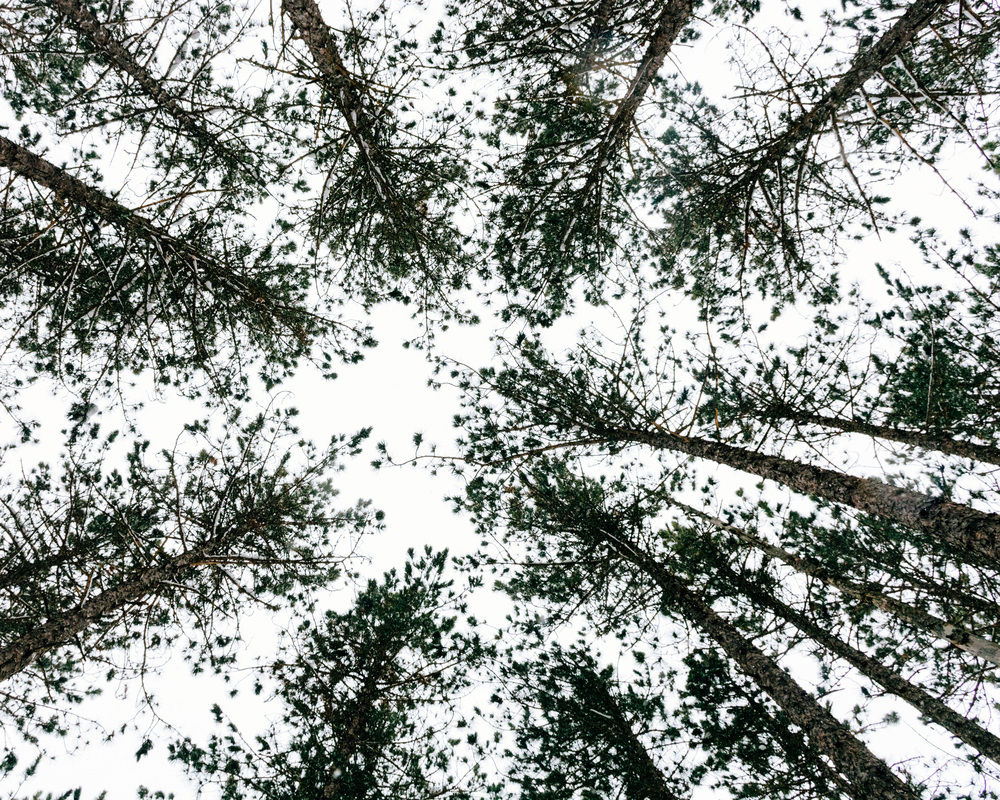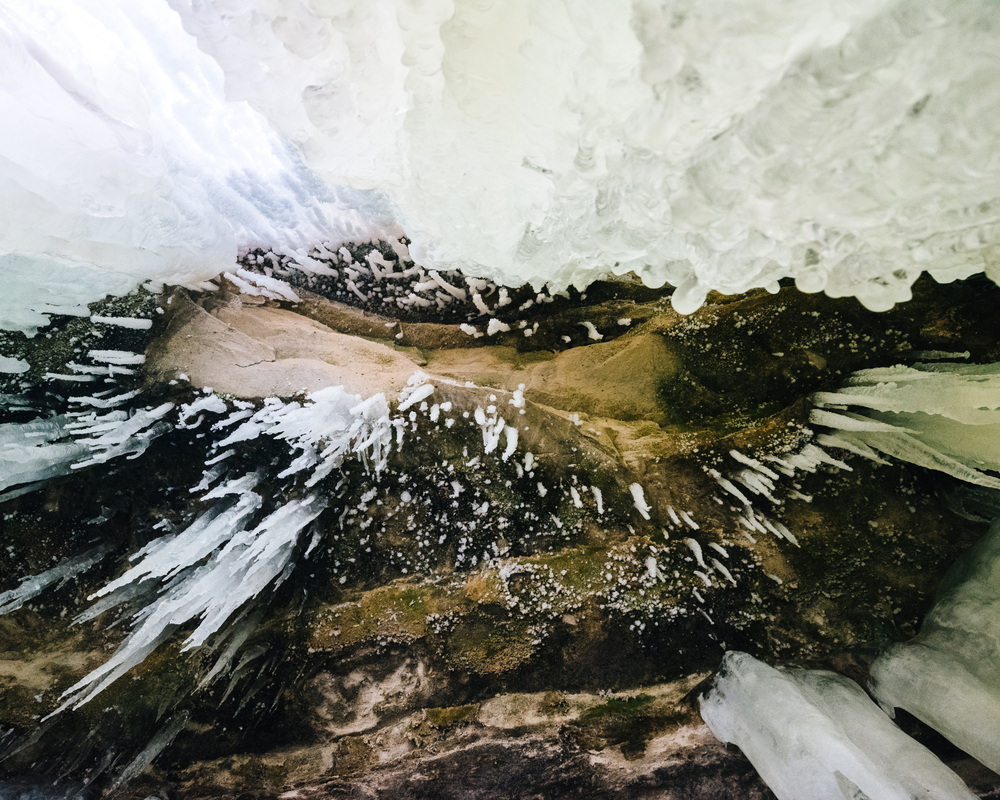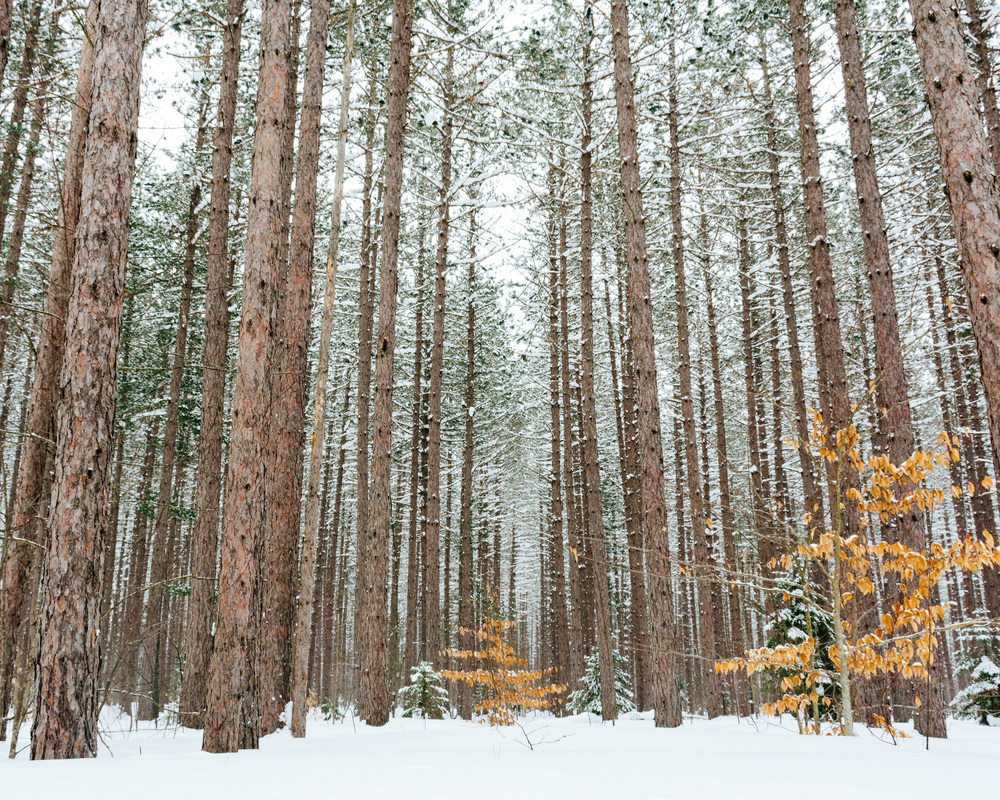Mat-Su Homeless Needs AssessmentIn Spring of 2021, the Mat-Su Health Foundation hired Agnew::Beck Consulting to conduct a homelessness needs assessment for the Matanuska-Susitna Borough.
Acknowledgements Thank you to all the Mat-Su residents, organizations and partners who participated in this process (in alphabetical order): • Alissa Zank, Alaska Veterans Health Administration • Ashley Peltier, Connect Mat-Su • Barbara Mongar, Mat-Su Re-Entry Coalition • Cameron Johnson, AMG (Housing Developer) • DaJonee' Hale, Alaska Coalition on Housing & Homelessness • Dave Rose, Mat-Su Coalition on Housing & Homelessness • Francis Seals, youth representative • Ginger Bear, Family Promise of Mat-Su • Jennifer Smerud, Alaska Housing Finance Corporation • John Rozzi, Valley Charities, Inc. • John Weaver, Valley Residential Services • Kelsey Anderson, Mat-Su Planning Department • Kevin Crozier, Kevin Crozier, RE/MAX (Housing Developer) • Kristin Clark, Choosing Our Roots • Lisa Wade, Chickaloon Village Traditional Council • Michelle Overstreet, My House • Polly Beth Odom, Daybreak, Inc. • Stephen Adams, Knik Tribal Council • Todd Smoldon, Office of the Governor • Wendy Dodge, Mat-Su School District: Families in Transition Additionally, we thank all of the people with lived experience who participated in this project and helped inform the outcomes.
|
|
|



